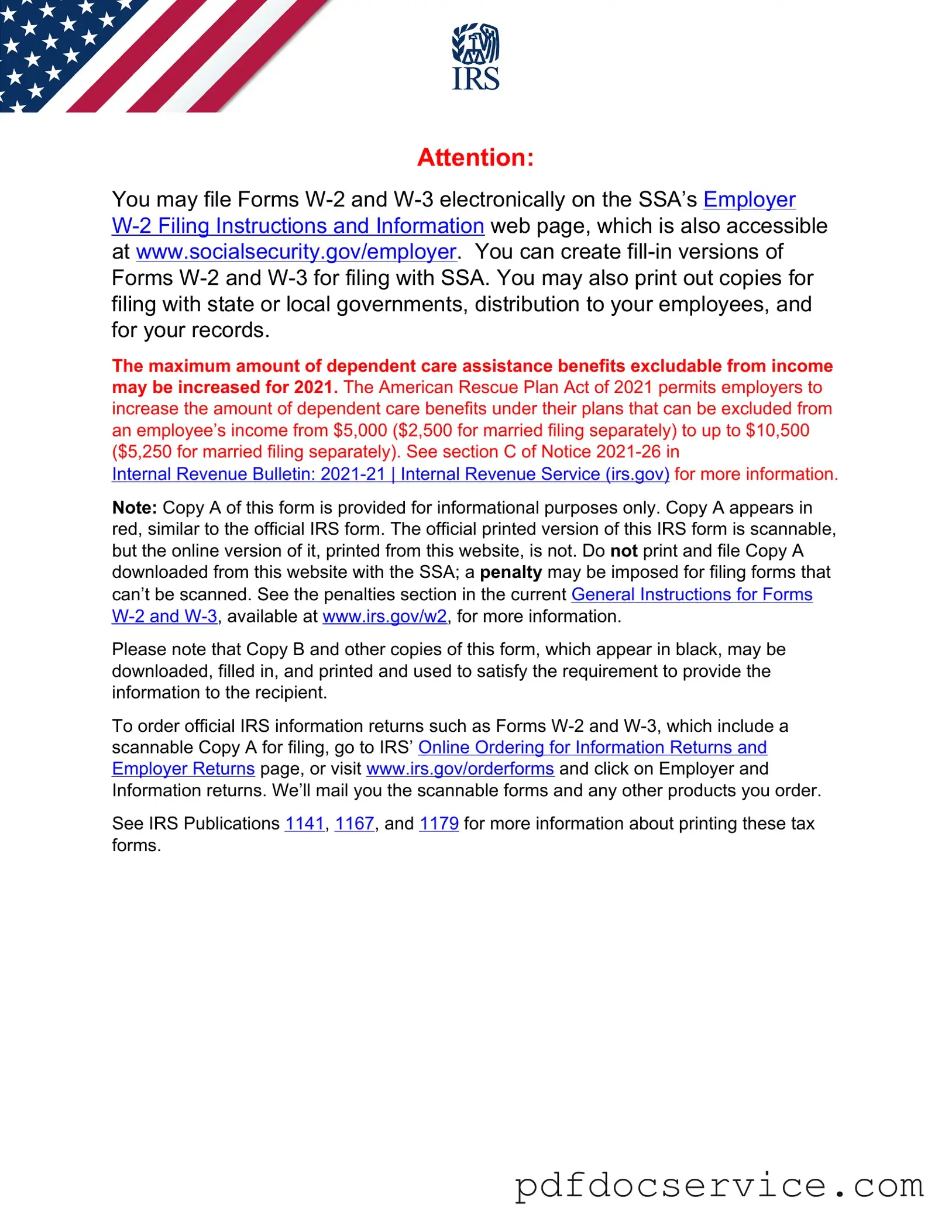The IRS W-2 form, also known as the Wage and Tax Statement, is a document that employers must provide to their employees. It reports the employee's annual wages and the amount of taxes withheld from their paycheck. This form is crucial for employees when filing their income tax returns.
Employees who receive wages, salaries, or tips from their employer will get a W-2 form. If you worked for an employer and earned at least $600 in a year, you should expect to receive a W-2. This includes full-time, part-time, and temporary workers.
Employers are required to send out W-2 forms by January 31st of each year. If you haven’t received your W-2 by mid-February, it’s a good idea to contact your employer. They may have sent it to the wrong address or there could be another issue.
The W-2 form contains several key pieces of information, including:
-
Your total earnings for the year
-
The amount of federal, state, and local taxes withheld
-
Social Security and Medicare wages
-
Your employer's information, including their EIN (Employer Identification Number)
-
Your personal information, including your Social Security number
What should I do if I find an error on my W-2?
If you notice any mistakes on your W-2, such as incorrect earnings or tax amounts, contact your employer right away. They can issue a corrected W-2, known as a W-2c. It’s important to resolve these errors before you file your tax return to avoid complications.
Many employers now provide electronic access to W-2 forms. Check with your employer to see if they offer an online portal. If they do, you may be able to download your W-2 directly from there. If not, you will need to wait for a paper copy to arrive.
If you lose your W-2, you can request a duplicate from your employer. They are required to keep copies of W-2 forms for a certain period, so they should be able to provide you with another one. If you cannot get a replacement, you can use your final pay stub of the year to estimate your income and taxes when filing your return.
Do I need my W-2 to file my taxes?
Yes, you need your W-2 form to file your taxes accurately. It provides essential information about your income and tax withholdings. Without it, you may not report your earnings correctly, which could lead to issues with the IRS.
